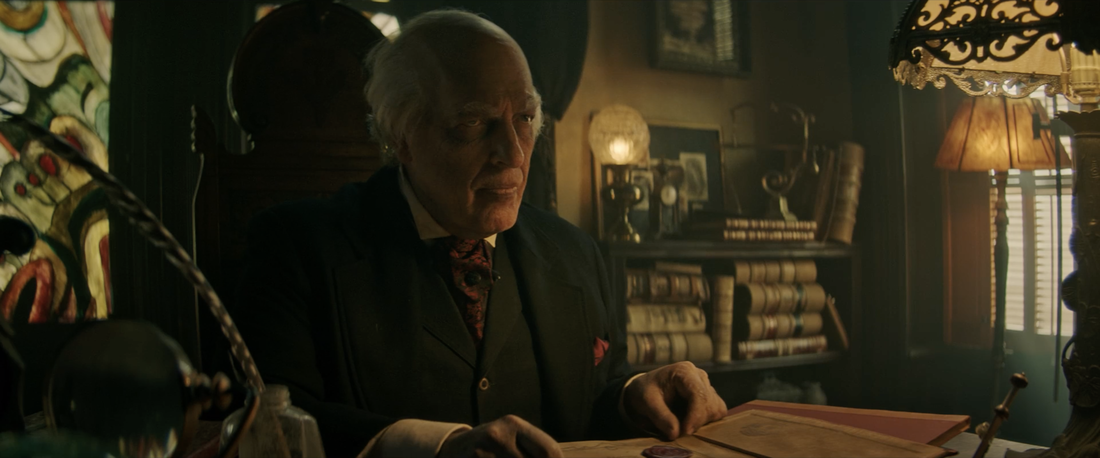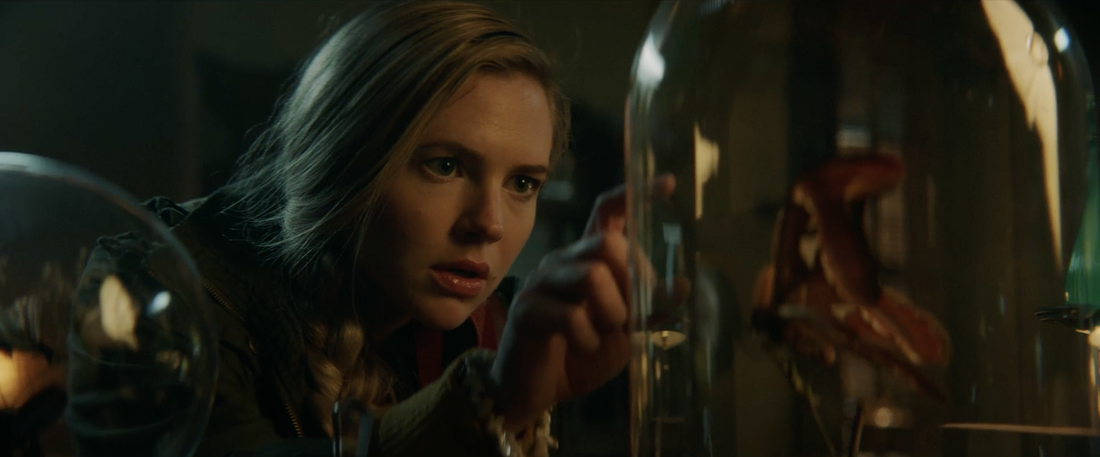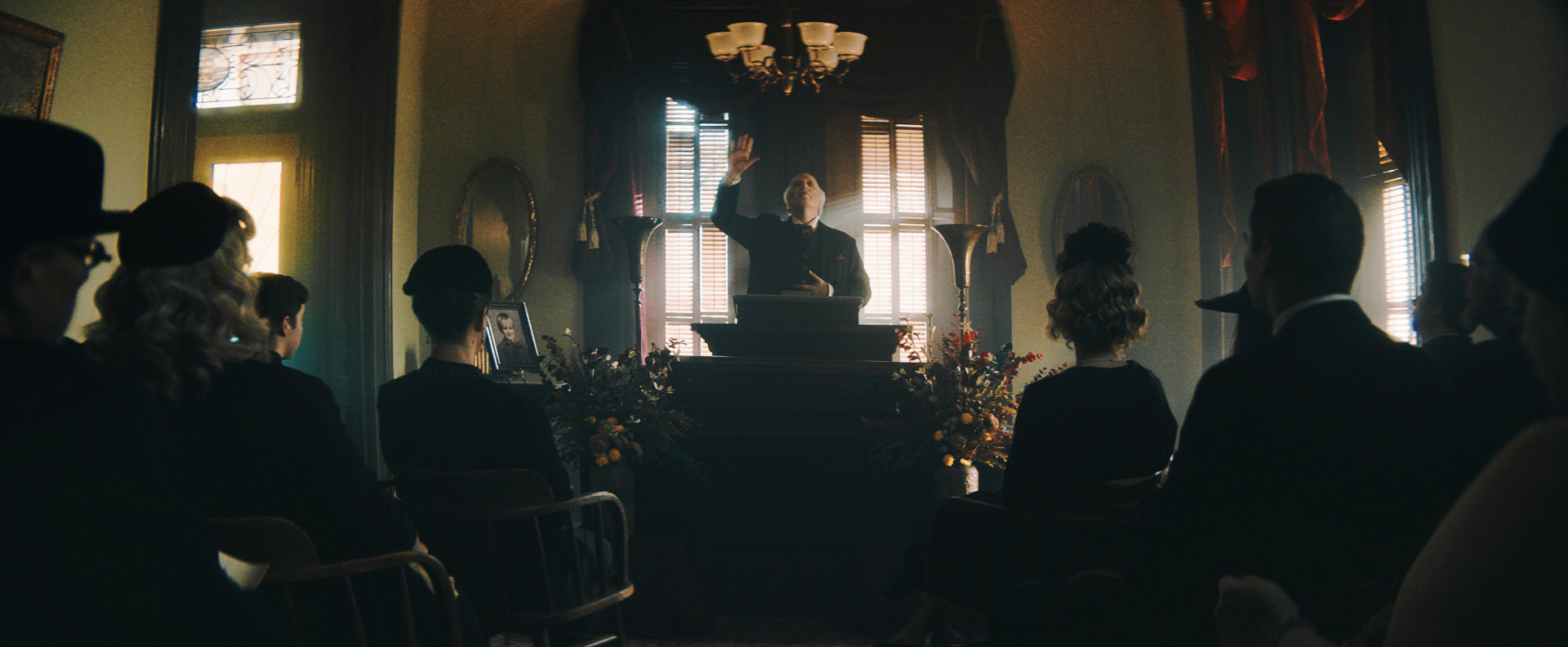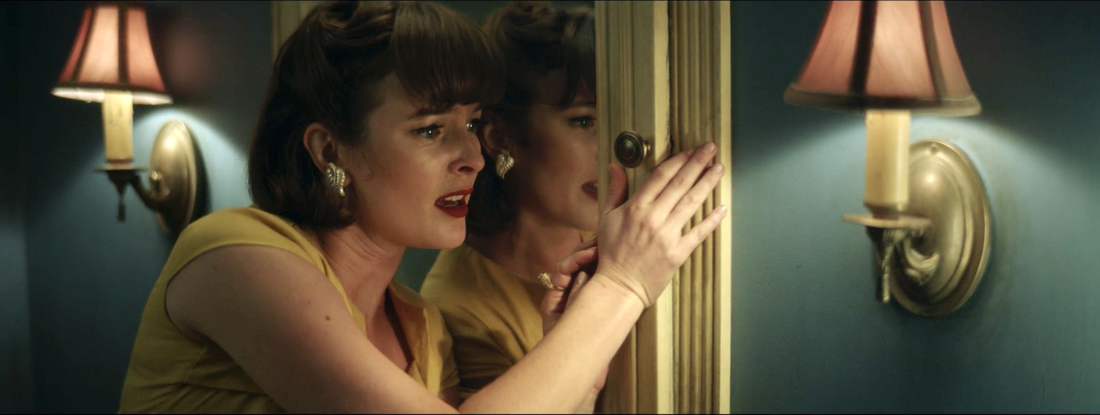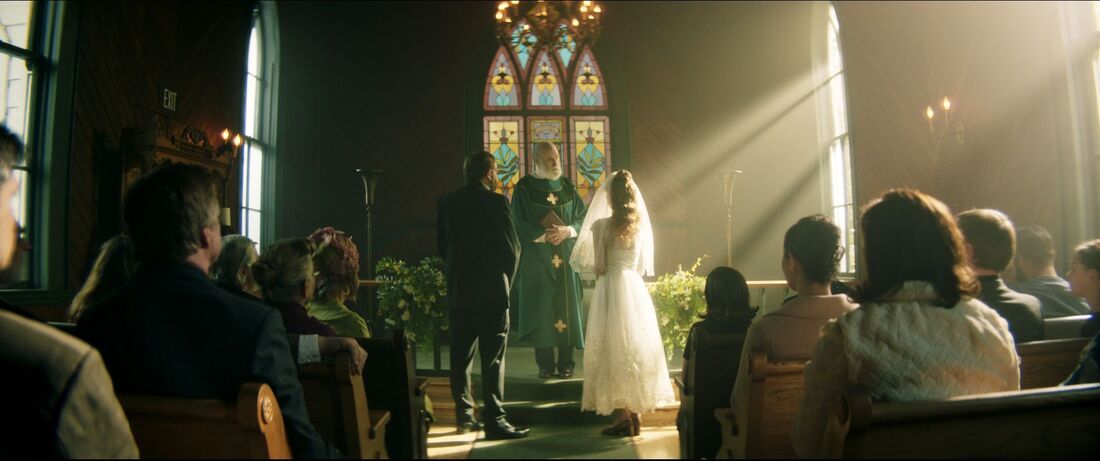|
Originally published on Elements of Madness 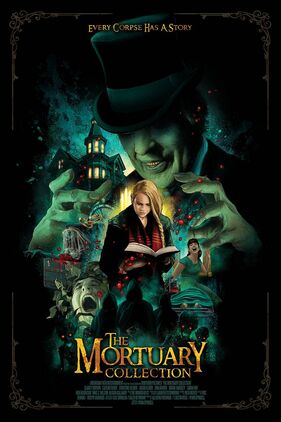 The word “nightmarish” is one of those terms frequently thrown around when describing horror films. While the jump-scares, villains, and gore of the horror genre can certainly haunt us in our sleep, oftentimes, the plots of horror movies are quite meticulously designed and follow a much more logical story than real nightmares. Despite their terrifying nature, narrative horror films make much more sense, and are therefore much easier to follow, than our dreams. Unless you have some higher form of subconsciousness that employs a team of award-winning writers to plan out your dreams, real nightmares are so bizarre, fragmented, and convoluted that they probably wouldn’t bring in a lot of cash at the box office. While most horror movies don’t accurately represent the experience of a nightmare, anthology horror films can come pretty close. Just like a nightmare that pulls your mind back and forth among a hodgepodge of strange and unlikely situations, even tricking you into thinking you are someone else for a while, anthology films guide us through a series of loosely-connected and bizarre short stories. These stories, like a nightmare, frequently switch protagonists and force our minds to work harder to make connections between everything we are seeing. In that sense, writer/director Ryan Spindell’s feature debut, The Mortuary Collection, is a nightmarish anthology horror film. Screening at the Fantasia International Film Festival, The Mortuary Collection is both a tribute to classic cinema and a unique creation of its own. Montgomery Dark (Clancy Brown) is a reclusive, sinister mortician who maintains a mortuary in the town of Raven’s End. He is both mocked and feared by the local kids, and the adults are certainly no less disturbed by his eccentric behavior as he conducts eerie funerals with hellish undertones. One afternoon, after a funeral for a young boy, Monty meets a woman named Sam (Caitlin Fisher) who is looking for a job. Skeptical of Sam’s ability to handle the dark and chilling cases that pass through the mortuary, Monty tests her with a series of stories that recall the gruesome ways in which former residents of Raven’s End found themselves lying cold in their coffins. As Sam listens intently, easily entertained by the horrific tales, The Mortuary Collection unravels a bizarre nightmare that explores a variety of human fears and troubles. Before diving into any of the specific successes of The Mortuary Collection, it’s important to first work through one of the film’s most glaring flaws. Content-wise, The Mortuary Collection is a horror film for adults. However, much of the film’s tone, particularly the dialogue between Sam and Monty, comes across as that of a simplistic, wholesome family movie with humor and dialogue geared toward children. The film opens with the line, “The world is not made of atoms, it is made of stories,” read in a deep, sinister voice that would fit in perfectly narrating a Tim Burton film. A storybook is opened as we dive into the town of Raven’s End, and a young boy rides his bike through the town on his paper route. Several nostalgic symbols pop up around the town, such as a card tucked into the spokes of the boy’s bicycle, and we are introduced to the overcast gloom that probably always hangs over Raven’s End. In the style of A Series of Unfortunate Events (2004) or Edward Scissorhands (1990), the town is a stylistic blend of tidbits from various decades, creating a vintage collage that cannot be pinned down to any specific time period. Once Monty and Sam become acquainted, the family-film tone is reinforced with their straightforward, obvious, and sometimes cringey dialogue that seems to come right out of a children’s chapter book. This tone is not necessarily a bad thing; however, it sharply contrasts with the rest of the film’s content, creating tension that may leave you asking, “who was this film made for? Despite the tone of the Sam/ Monty scenes, The Mortuary Collection is NOT a family-friendly film. By the time Monty gets around to telling his second story, the content of The Mortuary Collection has gone in a totally different direction. Again, neither the family-friendly tone nor the decidedly adult content of the stories are unsuccessful on their own, but they don’t work well together. The dialogue between Sam and Monty cheapens the film and creates false expectations for the content of Monty’s stories, making it more difficult to appreciate their unique brand of bizarre horror. A handful of other films have taken the storybook/ fairytale format of children’s movies and transformed this style for more mature films, to varying degrees of success (Terry Gilliam’s The Brothers Grimm comes to mind, as well as Matteo Garrone’s Tale of Tales). But, in the case of The Mortuary Collection, this transition doesn’t work. It is certainly worth discussing, however, and creates an interesting juxtaposition to consider, once you get past the initial confusion and tension. It may not be 100% successful as far as genre and style, but it makes for a unique and almost schizophrenic movie experience. The Mortuary Collection is like a childish consciousness trying to process adult horrors in a fun, cutesy way that is sickening and dark but also, somehow, lighthearted. Despite the tension between content and tone, there are some excellent moments in The Mortuary Collection, as well. In fact, what makes this tension so frustrating is that there are several devilishly delightful moments in the film, but you must patiently wait through the less interesting parts to get to those moments. If you’ve ever tried to write a short story, whether for film or otherwise, you probably know that, despite requiring a smaller word count, short stories are often more difficult to pull off because they allow less time to develop dynamic, believable, and sympathetic characters. The result of this writing dilemma is that short stories are often extremely bizarre. Without a lot of space to develop realistic, intricate plots, authors fill up shorter narratives with wacky events that will make an impact. This is certainly the case for The Mortuary Collection. The four stories that make up the anthology are much stronger than the scenes with Sam and Monty, and they create the cinematic experience of a real nightmare with delightfully outlandish twists. The stories are playfully horrific in that fairy-tale-for-adults style that the first portion of the film struggled to achieve. The last story is particularly clever, tipping its hat to classic horror films in a wonderfully self-reflexive way. The first three stories are not quite as satisfactory as far as their plots, but visually, they are quite fun and filled with well-timed explosions of gore. The Mortuary Collection doesn’t really offer any psychological analysis or social commentary, as many horror films often do, but this doesn’t seem to be its intended purpose, either. As a quick note, the film does gesture towards gender deconstruction and feminist themes, but in an elementary way that seems to overcompensate out of fear of any chance that the film could be labeled as sexist or misogynistic. However, The Mortuary Collection overall is a nostalgic, gory, theme-park-ride of a film, and it certainly entertains. There are some unexpected, ironic, and clever moments in The Mortuary Collection that reveal Spindell’s creativity, but there are also some cringe-worthy low points. Aside from the predictable and unoriginal dialogue between Sam and Monty, which remains the largest problem in the film, The Mortuary Collection is successful in creating something bizarre, nostalgic, and fun. While it is reminiscent of so many different films and comics of the past, it is, in the end, its own unique entity that is worth the watch. Available on VOD during the 2020 Fantasia International Film Festival, August 20 -September 2, 2020. Final Grace: C+
0 Comments
Leave a Reply. |
"Our embodied spectator, possibly perverse in her fantasies and diverse in her experience, possesses agency...finally, she must now be held accountable for it." Categories
All
|
